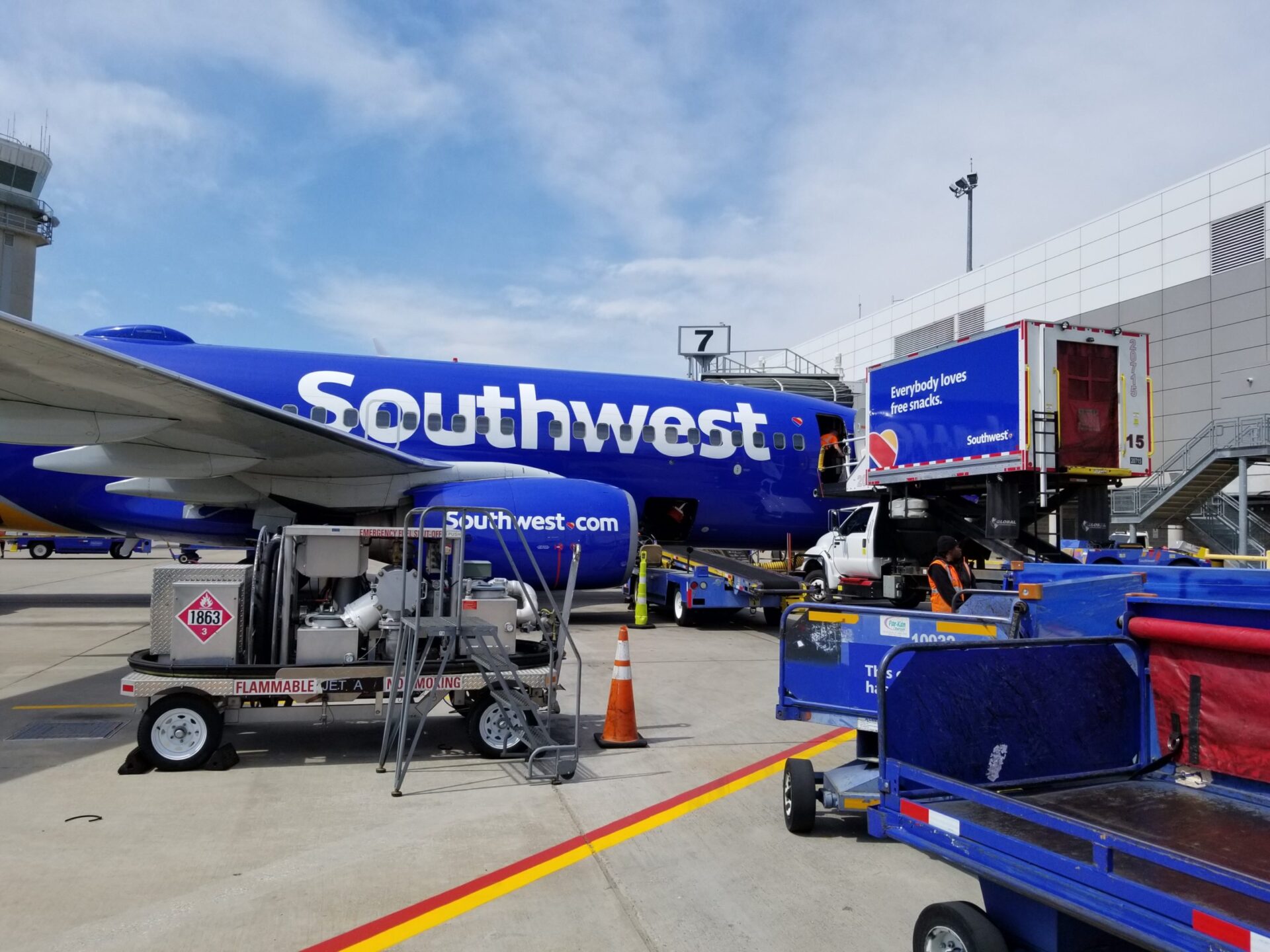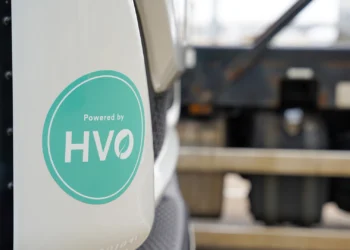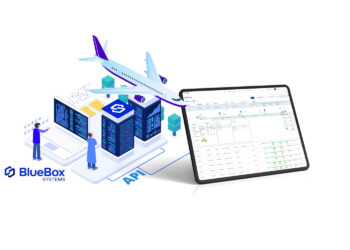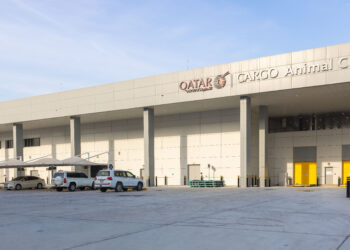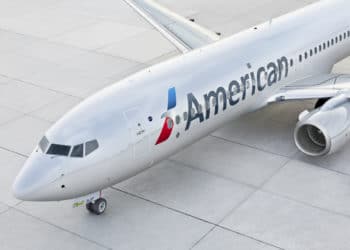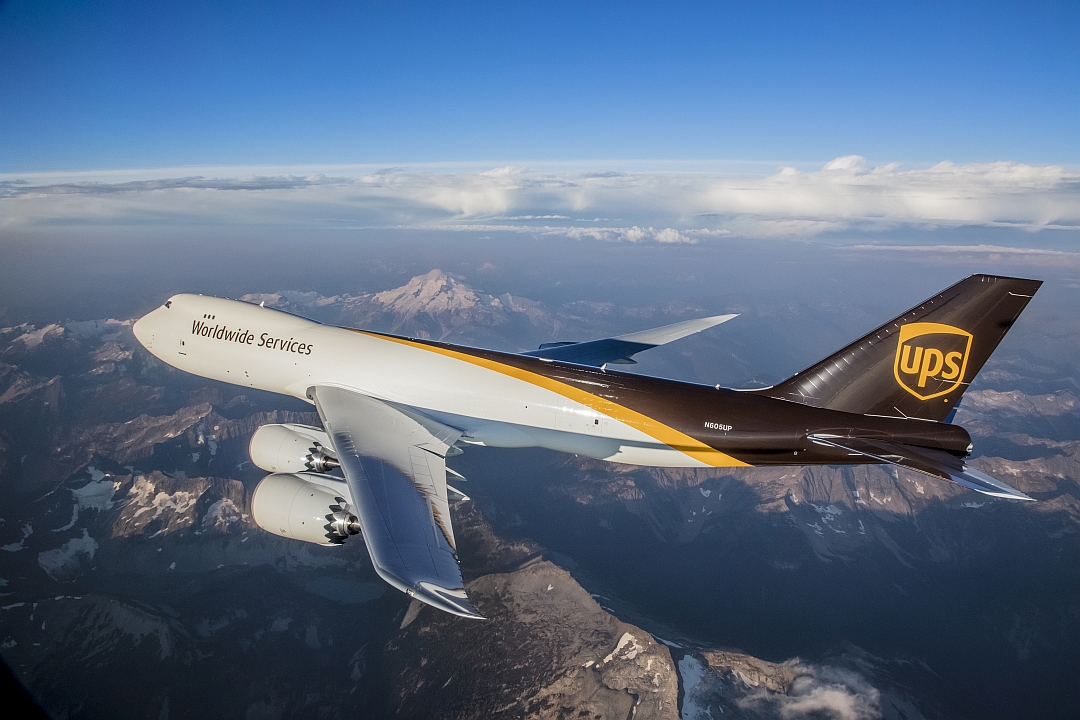No products in the cart.
Five Questions with… Jonathan Kletzel
Jonathan Kletzel is the new Transportation and Logistics leader for PwC’s U.S. Industrial Products practice. Kletzel, based in Chicago, is responsible for delivering various business and technology services to the airline, railroad, trucking and shipping industries. He has more than 15 years experience in the transportation and technology sectors. He recently provided his observations to Air Cargo World on some of the key upcoming issues affecting air cargo.
1. How will new FAA regulations on crewing, which might include cargo airlines, affect costs?
If the new FAA regulations become applicable to cargo, there would be a substantial increase in costs for those companies flying long haul routes, as they would require incremental crewmembers on board. This is already being felt by the passenger airlines as these FAA regulations (FAR 117) are costing the industry millions to implement. When you combine this with forecasts of fewer pilots and more demand over next several years, there is significant pressure for crew costs to rise. Also, those companies with ACMI contracts are at risk for crew costs, and it is difficult to pass these increases on to customers.
2. What are some of the latest air cargo technology trends that you have observed?
The air cargo carriers are gradually trending towards more fuel- efficient and technologically advanced aircraft that can be operated with less crew and have an extended range. Carriers are generally only interested in new technology if it has a track record of reducing cost. We are starting to see growing market adoption of the IATA e-freight initiative and expect this to continue over the next few years as airlines update antiquated systems and look to streamline processes and drive out costs — tablets are also starting to replace paper manuals for aircraft. Cargo carriers will continue to implement more advanced inventory management systems across areas such as ULDs and capacity. Also, a key demand of sophisticated integrators and shippers is greater real-time shipment information, including advanced track and trace capabilities provided to them in an integrated fashion.
3. How do you view the competitive landscape in terms of air cargo versus other modes of freight?
Non-air transit options will continue to increase their competitiveness against air cargo. In today’s environment where cost is king and air remains by far the most expensive transport option, greater investment in supply chain management practices, including better demand planning and near-sourcing of distribution facilities, combined with increasing sea, rail and ground service capabilities are taking their toll on the air sector.
Key segments impacted include electronics, garments and automotive. However, this is being offset by continued growth in the middle class in China, India, and other developing markets in Asia and Latin America that are driving demand in products that depend on air freight. Rapid growth of online commerce in developing markets, where China will become the largest market by 2014, will also drive demand for time-sensitive products that will benefit air cargo.
4. What are the ramifications of the ongoing emissions debate for air cargo?
The EU recently announced a one-year deferment of its carbon emissions trading scheme (EUETS) after significant pressure from several non-EU countries including the U.S. The U.S. has strongly come out against the EUETS, and with the EU Emissions Trading Prohibition Act, which President Obama signed in December, it is now illegal for U.S. airlines to comply with the EUETS. Much of the debate over the EUETS stems from the fact that the scheme incorporates carbon emissions not within EU jurisdiction.
Airline carbon emissions constitute about 2 percent of total global emissions. An international solution is needed as regional solutions, like EUETS, have inherent complications and several points of contention for non-EU based operators. ICAO (International Civil Aviation Organization) is currently working on a global solution, but with only a one-year deferral of the EU for non-EU carriers, there will be a lot of ground to cover on such a complex topic in a short period of time.
The International Air Transport Association (IATA) has announced the global airline industry’s emissions goals which are to cap emissions at 2020 levels and then over time reduce 2050 emissions by 50 percent on 2005 levels. Attainment of these goals might be achieved through technical advancement (e.g., newer, more efficient aircraft), use of bio-fuels and carbon offsets.
Potential ramifications for air cargo carriers could include risk management efforts around costs and commodity exposure to carbon credits, increased economic and regulatory pressures to operate newer, more fuel-efficient aircraft, bio-fuels and uncertainty around developing global regulations.
5. Besides China, which countries will generate the most air cargo growth in the coming years?
China will continue to generate the greatest growth in air cargo on an absolute basis, including growth in time sensitive cargo volume within the country. However, shifts in manufacturing trends will likely drive higher growth rates in Malaysia, Indonesia, Vietnam and other southeastern Asia countries. Likewise, rising middle classes in India, Brazil and other pockets of Latin America will continue to fuel high growth rates there. The challenge for air cargo providers is the directional imbalances these environments are creating.
Jonathan Kletzel is the new Transportation and Logistics leader for PwC’s U.S. Industrial Products practice. Kletzel, based in Chicago, is responsible for delivering various business and technology services to the airline, railroad, trucking and shipping industries. He has more than 15 years experience in the transportation and technology sectors. He recently provided his observations to Air Cargo World on some of the key upcoming issues affecting air cargo.
1. How will new FAA regulations on crewing, which might include cargo airlines, affect costs?
If the new FAA regulations become applicable to cargo, there would be a substantial increase in costs for those companies flying long haul routes, as they would require incremental crewmembers on board. This is already being felt by the passenger airlines as these FAA regulations (FAR 117) are costing the industry millions to implement. When you combine this with forecasts of fewer pilots and more demand over next several years, there is significant pressure for crew costs to rise. Also, those companies with ACMI contracts are at risk for crew costs, and it is difficult to pass these increases on to customers.
2. What are some of the latest air cargo technology trends that you have observed?
The air cargo carriers are gradually trending towards more fuel- efficient and technologically advanced aircraft that can be operated with less crew and have an extended range. Carriers are generally only interested in new technology if it has a track record of reducing cost. We are starting to see growing market adoption of the IATA e-freight initiative and expect this to continue over the next few years as airlines update antiquated systems and look to streamline processes and drive out costs — tablets are also starting to replace paper manuals for aircraft. Cargo carriers will continue to implement more advanced inventory management systems across areas such as ULDs and capacity. Also, a key demand of sophisticated integrators and shippers is greater real-time shipment information, including advanced track and trace capabilities provided to them in an integrated fashion.
3. How do you view the competitive landscape in terms of air cargo versus other modes of freight?
Non-air transit options will continue to increase their competitiveness against air cargo. In today’s environment where cost is king and air remains by far the most expensive transport option, greater investment in supply chain management practices, including better demand planning and near-sourcing of distribution facilities, combined with increasing sea, rail and ground service capabilities are taking their toll on the air sector.
Key segments impacted include electronics, garments and automotive. However, this is being offset by continued growth in the middle class in China, India, and other developing markets in Asia and Latin America that are driving demand in products that depend on air freight. Rapid growth of online commerce in developing markets, where China will become the largest market by 2014, will also drive demand for time-sensitive products that will benefit air cargo.
4. What are the ramifications of the ongoing emissions debate for air cargo?
The EU recently announced a one-year deferment of its carbon emissions trading scheme (EUETS) after significant pressure from several non-EU countries including the U.S. The U.S. has strongly come out against the EUETS, and with the EU Emissions Trading Prohibition Act, which President Obama signed in December, it is now illegal for U.S. airlines to comply with the EUETS. Much of the debate over the EUETS stems from the fact that the scheme incorporates carbon emissions not within EU jurisdiction.
Airline carbon emissions constitute about 2 percent of total global emissions. An international solution is needed as regional solutions, like EUETS, have inherent complications and several points of contention for non-EU based operators. ICAO (International Civil Aviation Organization) is currently working on a global solution, but with only a one-year deferral of the EU for non-EU carriers, there will be a lot of ground to cover on such a complex topic in a short period of time.
The International Air Transport Association (IATA) has announced the global airline industry’s emissions goals which are to cap emissions at 2020 levels and then over time reduce 2050 emissions by 50 percent on 2005 levels. Attainment of these goals might be achieved through technical advancement (e.g., newer, more efficient aircraft), use of bio-fuels and carbon offsets.
Potential ramifications for air cargo carriers could include risk management efforts around costs and commodity exposure to carbon credits, increased economic and regulatory pressures to operate newer, more fuel-efficient aircraft, bio-fuels and uncertainty around developing global regulations.
5. Besides China, which countries will generate the most air cargo growth in the coming years?
China will continue to generate the greatest growth in air cargo on an absolute basis, including growth in time sensitive cargo volume within the country. However, shifts in manufacturing trends will likely drive higher growth rates in Malaysia, Indonesia, Vietnam and other southeastern Asia countries. Likewise, rising middle classes in India, Brazil and other pockets of Latin America will continue to fuel high growth rates there. The challenge for air cargo providers is the directional imbalances these environments are creating.

